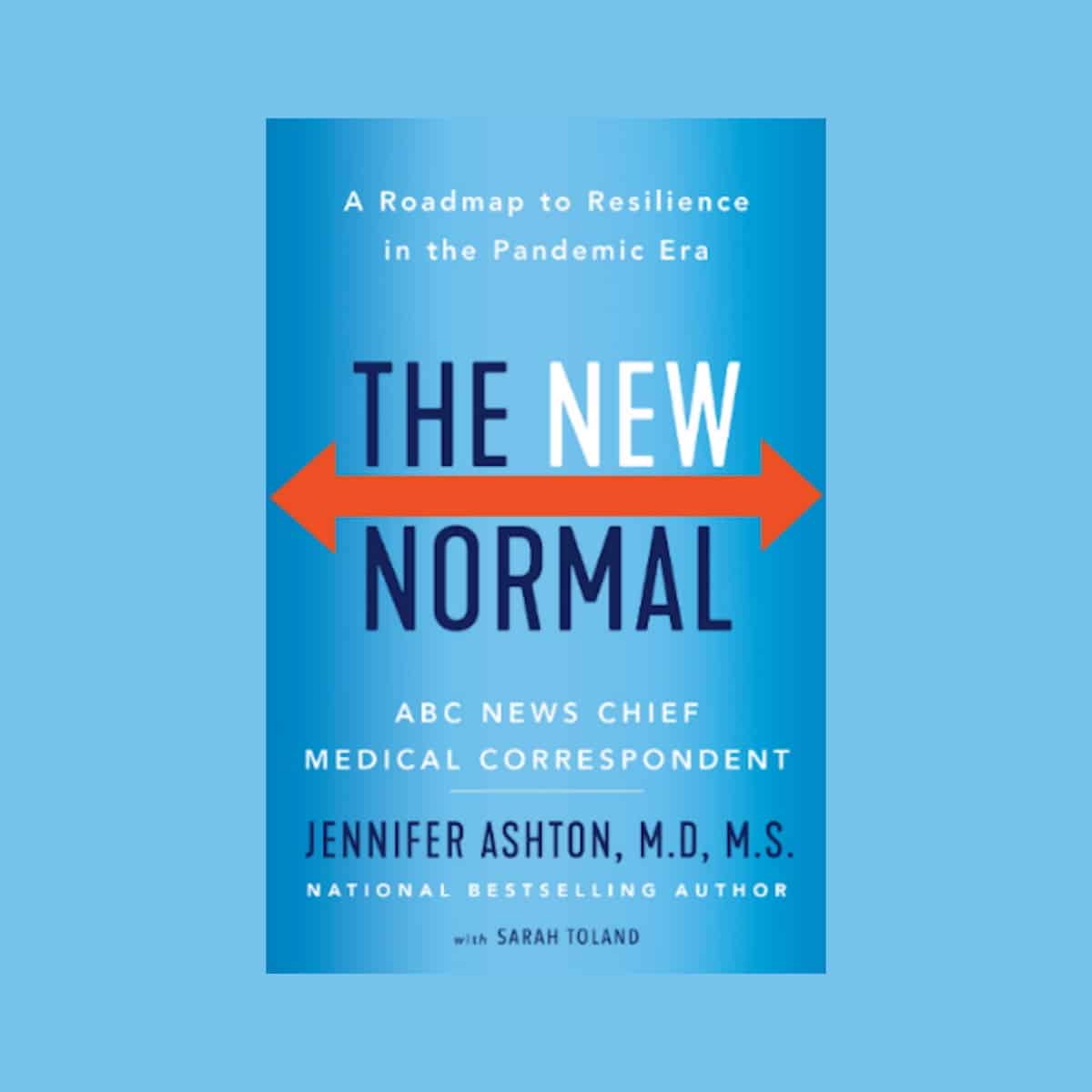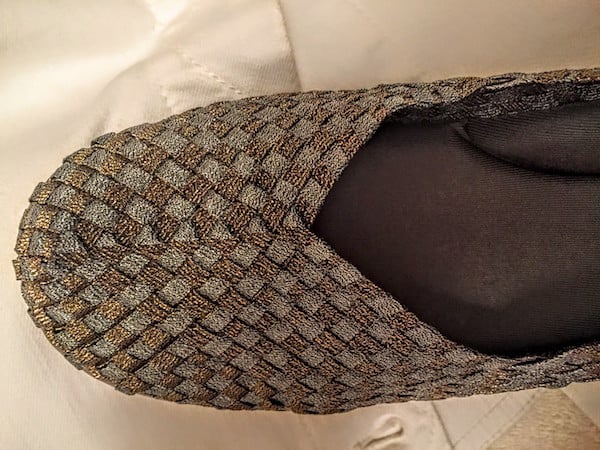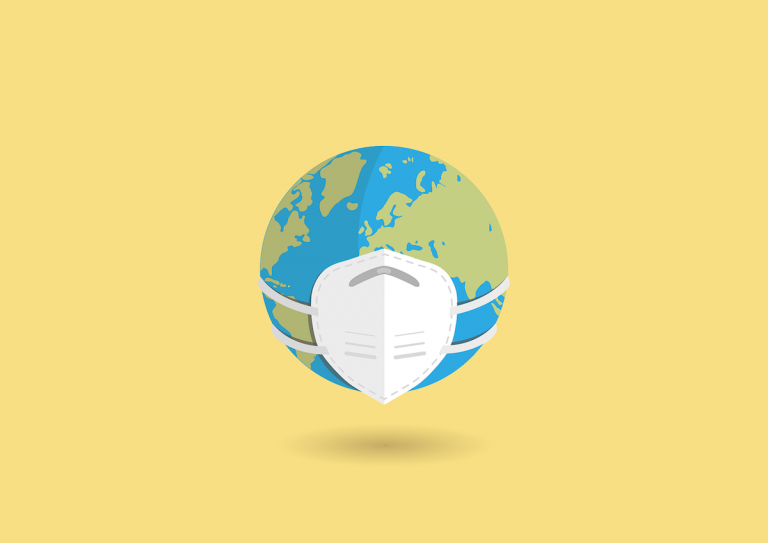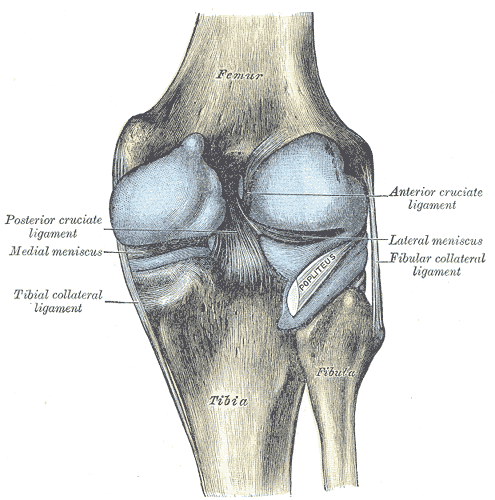The New Normal: New Book Offers Practical Advice For Travelers, Too

The New Normal: A Roadmap to Resilience in the Pandemic Era is the latest book by ABC News chief medical correspondent Jennifer Ashton, MD, MS. This timely and relevant book was published earlier this month (William Morrow, February 2021).

Authoritative but easy-to-read, the book covers many aspects of our changed lives post-pandemic—including sleep, fitness, diet, self-care, parenting, and physical and emotional well-being.
More importantly, it provides practical suggestions to help individuals adapt to the personal and societal changes wrought by the COVID-19 pandemic, offering a much-needed dose of positivity and inspiration at a time when so many are suffering losses.
In addition to Dr. Ashton’s extensive experience communicating clear, up-to-date information on-air and in prior books, her work is grounded by her experience as a clinician with an active private practice. Her advice in The New Normal is evidence-based, informed, direct and unequivocal—but never judgmental.
The new normal as it pertains to travel
When intrepid travelers hit the road again, they will have to grudgingly accept a “new normal.” For sure, we won’t be traveling the same way we once did, which now, in retrospect, seems like it was pretty carefree. I remember when one of my greatest worries was that of catching a common cold on a plane.
Many uncertainties about the coronavirus still remain, especially as new variants pose new unknowns. But it won’t be long before even the most COVID-cautious among us (me included)will be traveling again, maybe as early as this summer. The vaccination rollout, and enhanced health and safety measures implemented by industry have boasted traveler confidence.
But for the foreseeable future, we’ll be wearing masks, maintaining social distance, washing our hands until our knuckles are raw, and taking many other health and safety precautions before and during travel.
Some travel advice from Dr. Jennifer Ashton
While the book is far broader in scope than travel alone, some of the information and advice it contains might help guide your future travel decisions.
Here are some takeaways gleaned from the book:
About air travel
- Air travel is one of the safest means of public transportation, safer than trains or buses, due to the air filtration systems used on planes. Also, most airlines have mandatory mask policies for crew and passengers.
- Airline passengers have a 1 in 4,300 chance of contracting COVID-19, and 1 in 400,000 risk of death from the virus if everyone is masked, with the odds of both reduced even further if middle seats are blocked. (NB: Delta is currently the only U.S. airline adhering to that policy.)
- Other advice: Book a window seat, check in online to minimize contact, and wipe down the area around your seat upon boarding.
- Face masks are a must; consider eye protection, too.
- At the airport (or other transportation hubs), it is prudent to keep moving to avoid staying next to the same person for an extended period of time.
About road trips
- Automobile travel, with people in your pod, is probably the least risky way to travel.
- If anyone in your party needs to stop along the way (for a beverage or restroom), be sure they wash their hands thoroughly before getting back in the vehicle.
About hotels
- Hotels are relatively safe because you’re generally there yourself or with one other person and properties are taking extra precautions to protect your health.
- Upon check-in, it’s a good idea to open the windows in your room so fresh air circulates.
- Keep your mask on for the first few hours of your stay to prevent inhaling respiratory droplets from past guests or housekeeping staff.
- Whenever possible, opt for contactless check-ins and avoid buffets.
About dining out
- Because people take off their masks when eating so it can be risky to dine inside a restaurant, even when sitting six feet apart, if its for an extended period of time.
- Eating outdoors, when possible, is generally safer than eating in an enclosed space.
- There is no evidence of contracting the virus from food, per se.
The road ahead
Whether or not it is safe to travel now, or even months rom now, is a complex question. It depends on a number of factors including your own health status, the type of trip you are taking, the rate of infection at your destination, and your own personal behaviors.
“Remember that COVID-19 will be with us for years to come,” writes Dr. Ashton. “Learning to live safely with the virus—-and any other pathogens that might come our way—while continuing to enjoy your life will allow you to stay happy and healthy in our new normal.”
She suggests that travel, like other aspects of the “new normal” will entail evaluating the risk/reward ratio of the decisions we make.
“Instead of refusing to travel or eat out, we can learn how to assess our own risks and make safe decisions for ourselves and everyone around us,” she says. Dr. Ashton’s book will answer many questions you may have about your life going forward.
Dr. Ashton talks about her book on Good Morning America
DISCLOSURE: THIS POST MAY CONTAIN AFFILIATE LINKS, MEANING I GET A COMMISSION IF YOU DECIDE TO MAKE A PURCHASE THROUGH MY LINKS, AT NO COST TO YOU.
Now available for order on Amazon:







This is good, common sense advice, some of which I have been doing for eons (like wiping down the seat and armrests). I actually am happy masks are more acceptable now, and can’t imagine ever flying on a plane without one (or at least having one handy), as someone who has experienced a sneezing, dripping seat mate. I’d also add another one: bring your own food to eat on the plane (and eat fast!) 🙂
You might even opt to eat before you go!~